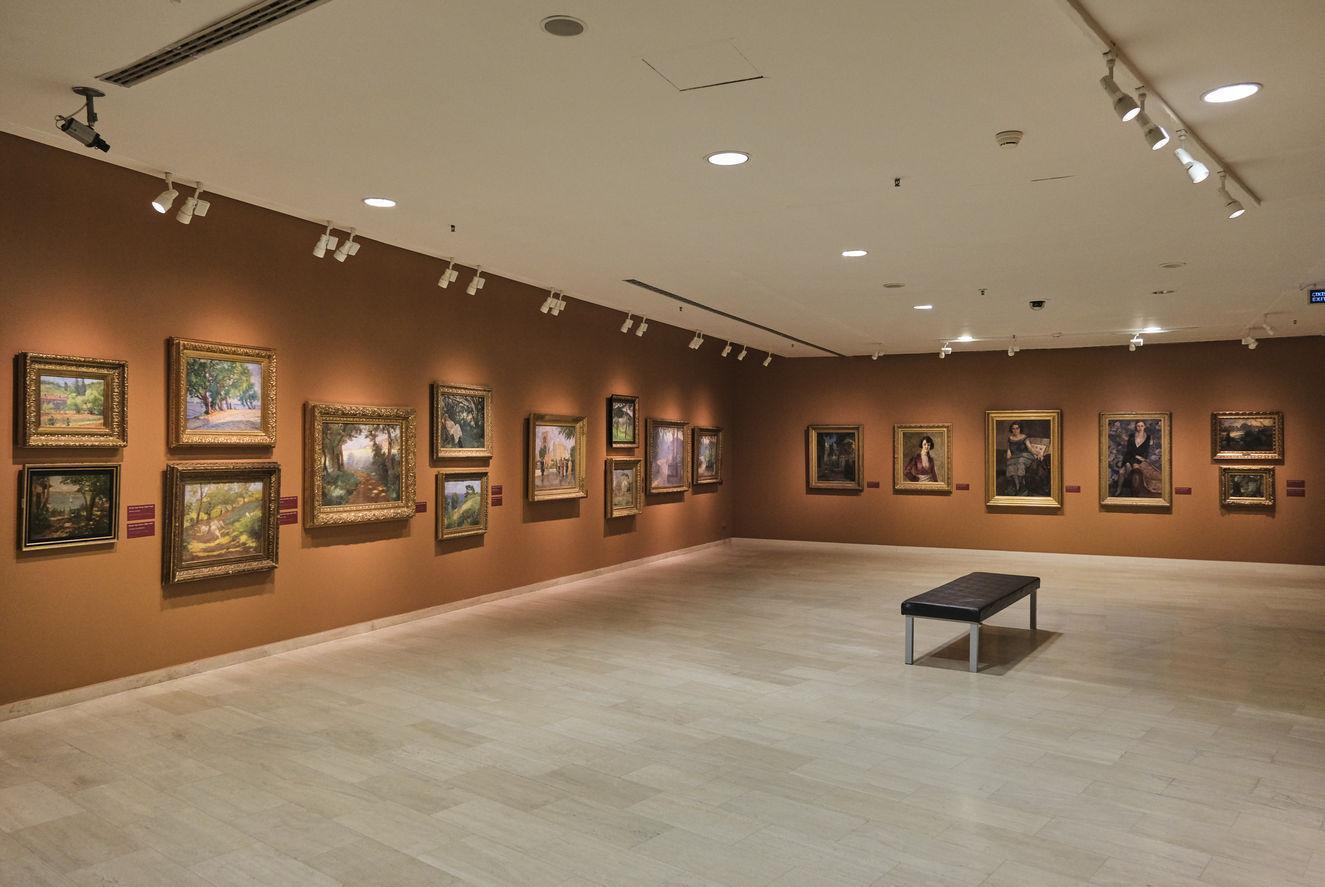
A new exhibition by Sabancı University Sakıp Sabancı Museum (SSM), titled “From the Reformation to the Republic: Master Artists, Artist Students” welcomed visitors on June 1.
The exhibition presents the historical journey of the art of painting in Turkey and features a total of 115 artworks from the SSM Painting Collection by artists, including Hoca Ali Rıza, Hal-ife Abdülmecid Efendi, Hüseyin Zekâi Paşa, Ivan Konstantinovich Aivazovsky, Şevket Dağ, Hikmet Onat, Hüseyin Avni Lifij, İbrahim Çallı, Nazmi Ziya Güran and also one of the pioneering woman artist, Mihri (Müşfik) Hanım.
Focusing on the relationship between masters and their apprentices, the exhibition makes visible the interaction and change between generations. Artworks by the masters and their apprentices, who acquired mastership by following their masters’ footsteps, will be displayed side by side.
The exhibition “From the Reformation to the Republic: Master Artists, Artist Students” allows us to trace the social and economic transformation of the country via the late-discovered but quickly adopted medium of painting.
The selection of artworks are displayed in chronological order that starts with paintings by artists belonging to the generation of Osman Hamdi Bey and Halil Bey, all of whom were sent abroad for arts education, mainly to France to attend the studios of eminent artists like Jean-Leon Gerôome and Gustave Boulanger in Paris.
The exhibition features landscapes and still lifes by these artists, as well as portraits emerging from their interest in figures and figurative depictions. The portraits of women in the selection reflect the evolution of female visibility in Ottoman society, starting during the Reformation Period.
It tells the story of Istanbul via paintings by İbrahim Çallı, Nazmi Ziya, Avni Lifij, Feyhaman Duran, Namık İsmail and Hikmet Onat, the so-called “1914 Generation,” who had depicted the city with a focus on its streets, houses, historical sites, coastline and the Bosphorus, but at the same time telling the story of Turkey, a country undergoing profound changes. At this part of the exhibition, you will also find the Galatasaray Exhibitions, the primary event organized by artists from the 1914 Generation, introducing the artistic developments of the period.
Artwork created by Turkey’s painters with a focus on the nude, an artistic theme they had encountered abroad, especially during their academic training in Paris, is presented to reflect this process. It is a process starting from Halil Paşa’s figurative studies reflecting academic discipline to İbrahim Çallı’s sensuous nudes painted with expressive sensitivity. Examples of the whole process can be seen in the exhibition, heralding a radical shift in attitude.
The first artistic group of the Republic, called the Müstakiller (Independents), are represented in their full capacity, reflecting their fundamental importance in Turkish modern art history. The Independents were trained at the Sanayi-i Nefise Mektebi (School of Fine Arts) at studios of masters such as İbrahim Çallı, Feyhaman Duran, Hikmet Onat, who were appointed to replace foreign professors.
The exhibition can be visited every day except Sundays and Mondays between 10 a.m. and 6 p.m. Visitors with a reservation will have priority entrance, while it is free for teachers and health workers to visit the exhibition.